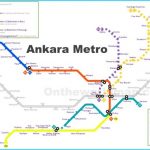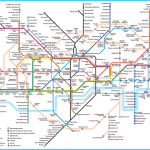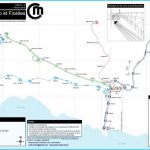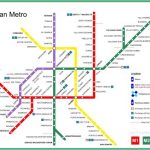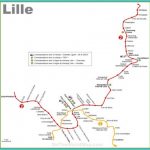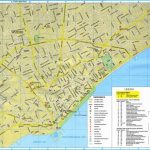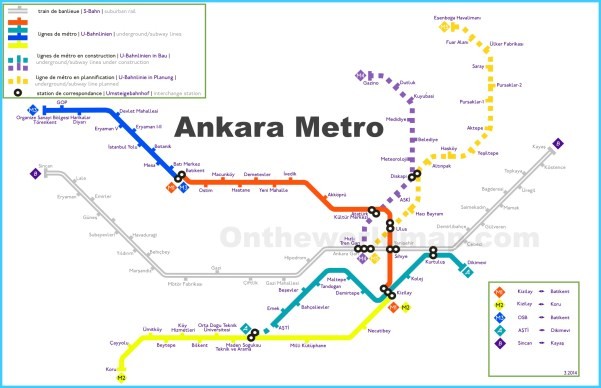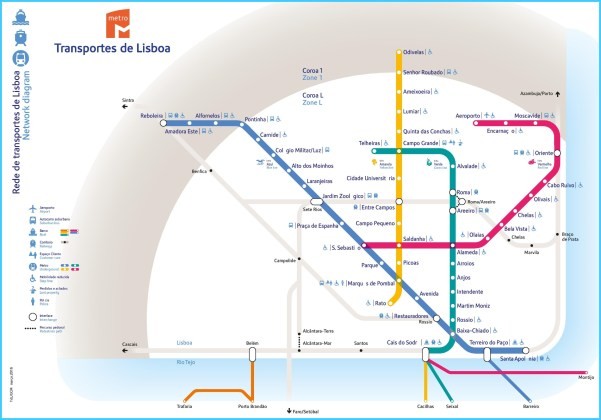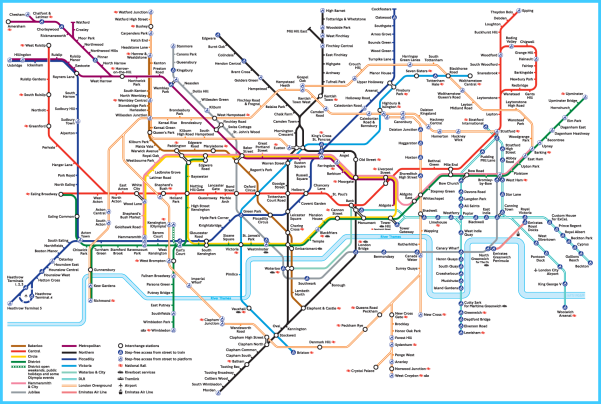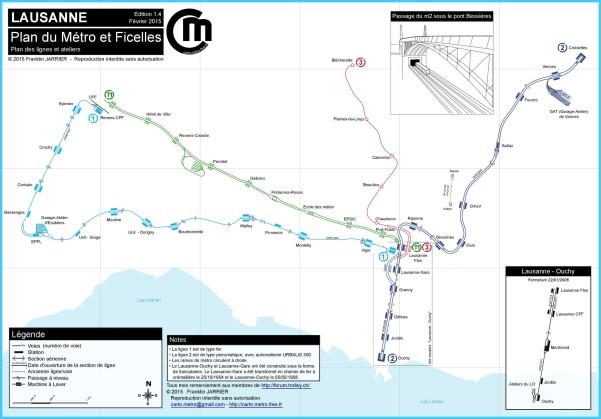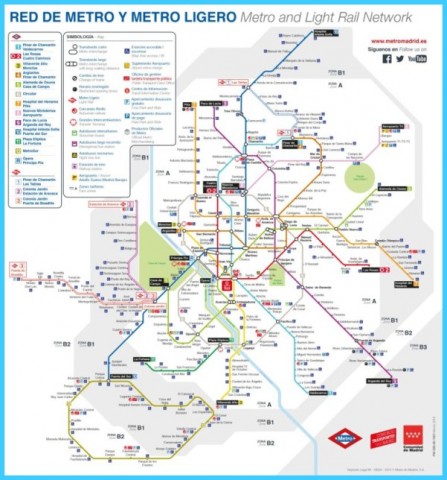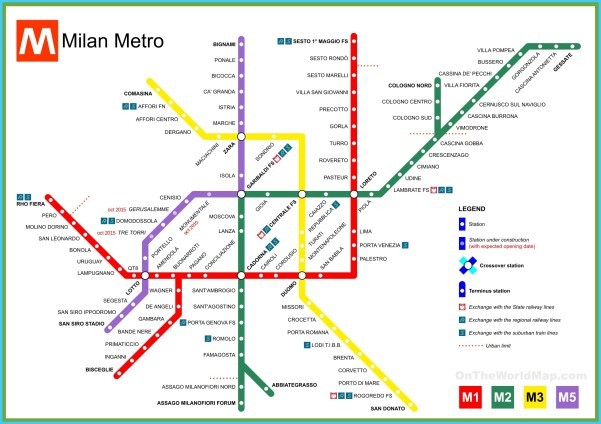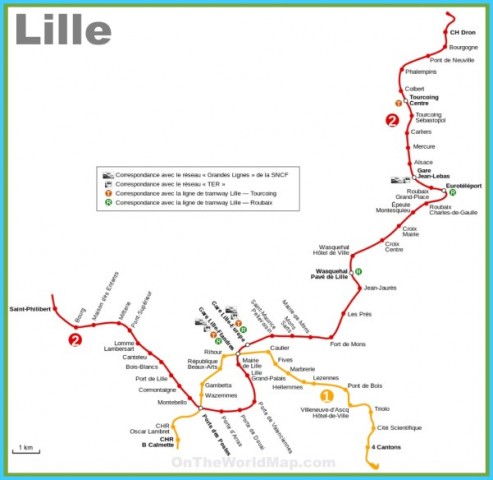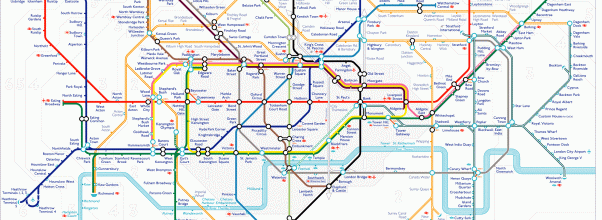
Galata and part of Kakopetria village
Though in Kakopetria there are three painted churches (Agios Nikolaos tis Stegis, Panagia Theodokos and Agios Georgios Perachoritis), the church of Agios Nikolaos is strongly recommended. It is of the cross-in-square type with a dome over the centre. It was built in the 11th century, while the domed narthex was added in the 12th century. The church constituted part of a monastery which was dissolved, most probably in the second half of the 19th century. The buildings around the church, constructed for school camping, have nothing to do with the original buildings of the monastery. The church is entirely painted with frescoes ranging from the 11th to the 17th century. Among the 11th century paintings are:- the Transfiguration, the Triumphal Entry of Christ into Jerusalem and the Raising of Lazarus. Worth mentioning 12th century frescoes are the Last Judgement, the Presentation of the Virgin Mary to the Temple and the Forty Martyrs. In the 13th century the steep-pitched roof was added to protect the church from rain and snow. It is at the end of the 13th and during the 14th century that frescoes like Crucifixion, Resurrection, Birth of Christ, the large painting of St. Nicholas and Christ Pantokrator surrounded by angels, prophets and the evangelists were added. Many paintings of Saints belong to the 15th century, while during the 17th century two paintings, those of St. Peter and St. Paul, are worth mentioning. The iconostasis and the portable icons belong to the 17th century. Currently, for safety reasons the icons have been removed.
Exploring the Marathasa valley
Route: Xerarkaka, Orkondas, Oikos, Gerakies, Kalopanagiotis,
Agios Ioannis Lampadistis monastery, Moutoullas, Pedoulas,
Marathos excursion site
Cyprus Map Google Earth
Kalopanagiotis
The narrow, deep and steep-sided valley of Marathasa is both picturesque and enchanting. The Turkish invasion (1974) does not allow the traveller to traverse and enjoy its extreme northern part. However, the valley from Xerarkaka and Orkondas up to Prodromos, drained by Setrachos (or Marathasa river), is very representative, covered with orchards, olives and a rich variety of natural vegetation. On the slopes grow pine trees and vines.
Soutzoukos (grape juice with almonds) Xerarkaka is a small excursion site at the bend of the road leading from the valley of Marathasa to the valley of Solia. It has all amenities including barbecue, while a spring furnishes plenty of cool water. Orkondas is a restaurant-cafe in the middle valley of Marathasa, north of Kalopanagiotis. Passers-by, particularly in the summer months, stop to refresh themselves under the shade of the plane trees. Oikos. Perched on the east slope of Setrachos, opposite the settlement of Kalopanagiotis, the compact village of Oikos has inherited a fascinating traditional architecture. Judging from the church of Agios Nikolaos, which dates back to the 12th century, the roots of the village date, at least, back to the Byzantine period. The small, arched, single-aisled church stands close to the dam of Kalopanagiotis. Most probably the church was at the beginning entirely painted. Traces of frescoes, like the Birth of Christ, the Baptism, the Transfiguration, etc are still visible. Gerakies. Surrounded on three sides by forest and about 5km west of Kalopanagiotis, Gerakies is highly dissected by small and large streams. Roses on the periphery of vineyards, the renting of a room for a few summer weeks, the making of soutzoukos (grape juice with almonds), the preparation of local wine and zivania (local alcohol), the construction of a small hotel, etc are some non-agricultural activities of Gerakies. On the left bank of Setrachos lies Kalopanagiotis with a rich traditional architecture, mainly winding streets, two-storeyed houses with balconies and climbing vines. Three small hotels operate mainly in summer months. Table water is also bottled in the village. It is believed that present-day Kalopanagiotis was formed from the abandonment of two or three small settlements like Troullino, Marathos, etc. There are many chapels and churches in the village apart from the most important ancient monastery of Agios Ioannis Lampadistis. They are: Agios Kyriakos (1722), Agios Andronikos (16th century) with frescoes of Crucifixion, etc, Agia Marina (19th century), Agios Georgios (18th century), Profitis Ilias, Archangelos Michail and Virgin Molyvdoskepasti (lead-covered). This church, originally Latin, is associated with an interesting tradition. When the Turks came to Marathasa in 1571, the Latin women and children took refuge in the church, while the men decided to fight the invaders. The fight took place in the locality Matzelio (slaughter place) where the Turks killed the Franks. Sites of interest worth seeing are: (a) Dam of Kalopanagiotis. It was constructed in 1966 with a capacity of 391.000 cubic metres of water, capable of irrigating 57 hectares of land. A freshwater fish farm has been set up by the Ministry of Agriculture downstream from the dam for the production of trout and other fresh water fish. Several other dams of Cyprus are provided with tiny trouts for reproduction. (b) Medicinal waters of Kalopanagiotis. Close to the famous church of Agios Ioannis Lampadistis and the ancient stone-built bridge with its Christian coat of arms lie the medicinal waters. They comprise three different types of water suitable for internal and external use. The waters may cure digestive disorders, skin afflictions, rheumatic disease, etc. (c) Monastery of Agios Ioannis Lampadistis.
Kalopanagiotis dam in autumn
This old monastery of Agios Ioannis Lampadistis stands on the east side of the Setrachos stream, close to the medicinal springs and the medieval as well as the modern bridge of Kalopanagiotis. The disused monastery, is currently a complex of several buildings and of several dates. The main buildings are: (i) the cross-in-square church of Agios Irakleidios, to the south, dating back to the eleventh century, (ii) the vaulted church of Agios Ioannis Lampadistis, in the middle, probably of the 12th century, (iii) a common narthex attached to the west end of the two churches, timber-roofed, of the 15th century and (iv) a tall vaulted building to the north, built in the 15th century perhaps as a Latin chapel. The whole structure is enveloped by a second protective roof. The restored monastic buildings to the south with the olive press and the winepress are of interest as well. The whole complex is known as the monastery or the church of Agios Ioannis Lampadistis and is a rare and fascinating Byzantine and Post-Byzantine museum.
Cyprus Map Geographical
Pedoulas village
In the three-aisled church of Agios Irakleidios, the oldest building of the monasterial complex, the paintings date from the 11th century. Some interesting frescoes to be noted are the Triumphal Entry of Christ to Jerusalem, of high aesthetic quality, the Raising of Lazarus, the Crucifixion, the Sacrifice of Isaak, the Ascention, Christ Pantokrator in the dome, etc. Furthermore, there is a large number of frescoes depicting scenes from the New Testament, etc. The church of Agios Ioannis Lampadistis, restored in the 18th century, contains the skull of the Saint preserved in a silver casket in a niche above the tomb. The iconostasis dates from the 16th century and among the portable icons that of Virgin Odigitria is noteworthy. The narthex contains some very interesting frescoes, like the Last Judgement, The Healing of the Blind, etc. In the Latin chapel the paintings belong to the Italo-Byzantine School and the main theme is the Akathistos, the famous hymn in honour of Virgin Mary. Most probably the monastery was functioning until 1925 and must have been abandoned during the second world war. Moutoullas. The houses in Moutoullas village appear to be lying the one on top of the other. The traditional architecture with narrow, winding cobbledstone streets, the steep-pitched roofs and the large wooden balconies, as well as the carved doors and windows with the climbing vines in front of the main entrance, is indeed interesting. The most significant site of interest is the church of Panagia of Moutoullas, situated in the upper part of the village, with a steep-pitched roof, built in 1280. The paintings cover the outside north wall as well. In the main nave there are two series of paintings, with the upper zone exhibiting themes from the life of Christ and Virgin Mary, and the lower zone depicting Saints and Prelates. In the bema Virgin Mary with Christ is attended by the Archangels. The dominating colour of most frescoes is the red, though the blue is predominant in some paintings as well. Pedoulas is a compact settlement with buildings standing on narrow terraces, the one above the other. The climbing vines in nearly every house yard are part of the traditional architecture. Vrysin is a beautiful, enchanting site where abundant water gushes out from the mountainside and where a restaurant-cafe caters for people seeking tranquility and summer coolness. The village is crowned with a gigantic cross, about 20m high, close to an arched chapel. The dominant feature of the settlement is the large domed church of the Holy Cross with its two belfries standing in the middle of the village. Pedoulas is currently a summer resort with a number of small hotels which in summer months are full of guests. The most significant site of interest, however, is the church of Archangelos Michail, a painted steep-pitched church in the lower part of the village dating back to 1474. The walls of the nave are painted with two zones of frescoes, the upper one depicting scenes from the New Testament and the lower showing individual saints. Some frescoes worth seeing are the Betrayal, the Resurrection, the Dormition of Virgin, the Presentation of the Virgin Mary to the Temple, the Birth of Christ, the Baptism, the Crucifixion, while in the bema, the Sacrifice of Isaak and Virgin Mary Platytera are dominant. Marathos excursion site lies on Agios Nikolaos road, about 5km from the Prodromos-Pedoulas road comprising all amenities including barbecue. The Chrysovrysi (golden spring), offering very cool and light water, is the most precious attribute of the excursion site.
Cyprus Metro Map Photo Gallery
Travelling along the valley of Atsas Route: Agios Theodoros, Kourdali, Spilia The valley of Atsas, though beautiful and distinctive, is almost unknown to most travellers. The road linking the three villages is winding, while the river Atsas has created a number of terraces, intensely irrigated. Agios Theodoros. The first village the traveller encounters, left of the main Astromeritis-Evrychou road, is Agios Theodoros with its fascinating traditional architecture. The small houses with tiled roofs and mud brick walls lie amphithea-trically on the bank of the river. Kourdali. Close to Kourdali, appears “mavrahero”, the lilac-coloured plant used for animal feed, while greenery increases with a few goats roaming in the landscape. In the center of the settlement stands a steep-pitched, three-aisled medieval church, dedicated to Panagia (Dormition of the Virgin Mary), restored recently. It dates back to the 15th or 16th c. with a bridge nearby, well-known as the “Venetian bridge”. The church retains a number of frescoes of the early 16th century, mostly on the west wall and in the bema. The church of Kourdali originally belonged to a monastery and the present hamlet most probably grew around it. Spilia. It is amphitheatrically situated in the small valleys with the village church and the lofty belfry dominating the scenery. In Spilia the traveller will see the centuries-old walnut tree with a five-metre trunk and a height of 18 metres. It is supposed to be the oldest walnut tree of Cyprus. Spilia is known for its recent history, as here are found some well-known hide-outs of the Liberation Struggle fighters of 1955-59. A recent composition showing the young heroes who died at Kourdali during the 1955-59 Liberation Struggle, stands at a conspicuous site within the settlement.
Cyprus Map Images
Following the Asinou valley
Route: Kato Koutrafas, Pano Koutrafas, Nikitari, Church of Panagia Asinou
Kato Koutrafas, located on a strategic position between plain and mountain, on the left bank of the river Elia (Asinou) and next to an arched bridge, is at least a medieval settlement. Pano Koutrafas is currently abandoned and ruined. Nikitari is a well known settlement, because in the past the visitors to the church of Asinou used to hire donkeys in the village to take them to the church, while nowadays the visitors have to ask for the key of the church at the priest’s house. The village retains some interesting traditional houses. About 5km south of Nikitari, on the right bank of a tributary of Elia river, stands the famous Byzantine church of
Dormition of the Virgin (12 c. wall painting), Asinou Most probably at the present site of the church there stood a small settlement, called Asine, founded by settlers from Argolis in Greece. It is also probable that at the same locality there existed a monastery, known as Monastery of Forviotissa or of the Forvia, which was dissolved during the Ottoman rule. Currently, apart from the relics of a few water-mills there are no traces of an old settlement or of an old monastery. The single-aisled church, built with local stone, is supported by arched recesses. Most probably the 12th century church had a dome, a common characteristic of the 12th century Byzantine churches, which collapsed and was replaced by an arch. The narthex at the west end was added in the 12th century. The whole structure is covered with a second steep-pitched roof with flat tiles. It is, however, the interior of the church that fascinates with its superb frescoes dating from the early 12th century onwards. Close to the south entrance is the painting of the donor, Nikiphoros Magistros, when Alexios Comninos was Emperor in the year 1105 A.D. As the interior of the church is completely covered with frescoes, it is difficult to describe each one separately. One could look, however, at the painting of Virgin, above the west entrance into the nave, the Throne of Judgement above the west door, the fine fresco of St George to the south side of the narthex, the Forty Martyrs in the bema, the Dormition of the Virgin, the painting of St. Constantine and St Helena, various scenes from the life of Christ, the Virgin in Glory supported by the Archangels Michael and Gabriel and so on. A visit to the church of Asinou is recommended on weekdays. Some recreational centers function close to the church.
Following the upper valley of Elia Route: Vyzakia, Agios Georgios Kafkallou, Kapoura picnic site, Kannavia, Agia Eirini Five villages lie in this beautiful, almost unknown, valley of Upper Elia. Vyzakia. The village with an interesting traditional architecture hosts the small medieval church of Archangelos Michail with a shed-like roof and a semi-open narthex. In this 15th century tiny building some valuable paintings are preserved, like Nativity, Baptism, Resurrection of Lazarus, St. Mamas on the lion’s back, Cruxifixion, Betrayal, etc. Agios Georgios (Kafkallou). Almost totally abandoned, this isolated settlement is a colony of Kyperounta. In the past, transhumance particularly in the winter months, was exercised. Kapoura. It is a picnic site in a very tranquil environment with all amenities including barbecue. Narrow tracks lead to the forest where the visitor can enjoy the natural vegetation. Kannavia is a very picturesque village with rich natural vegetation mingling with the vine, the vegetables and the orchards. Hydrangeas are plethoric in the house gardens. Agia Eirini. It is the loftiest village of the valley with a boundless view. The natural vegetation is rich with a number of people engaged in lumbering. The church of the Holy Cross is the most interesting site in the village, lying on the slope, well above the valley. Built with local stone, the steep-pitched, single-aisled edifice of the 16th century has preserved a number of interesting frescoes.
Maybe You Like Them Too
- The Best Places To Visit In North America For Christmas
- Faro Travel Guide: Map of Faro
- Mumbai Travel Guide For Tourists: Map Of Mumbai
- Travel to Budapest
- Thailand Travel Guide for Tourists: The Ultimate Thailand Map

